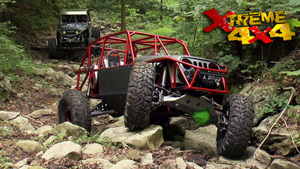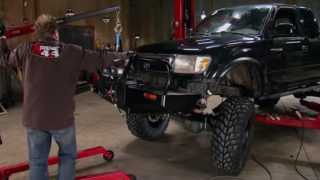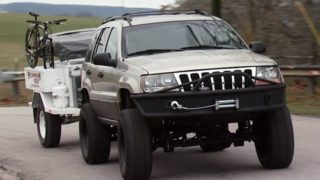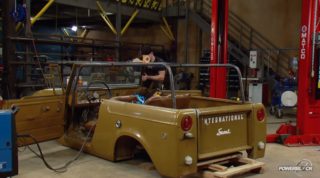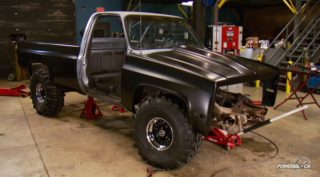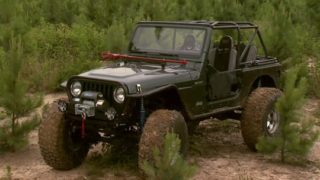Xtreme 4x4 Builds
Want more content like this?
Join the PowerNation Email NewsletterParts Used In This Episode
[none]
4.56 gearset. Made in the USA high quality gearset designed to handle the abuse of off road racing.
[none]
Flared Hole Dies. "Dimple Dies" designed to strengthen flat panels by flaring a flat hole with a taper cone.
A&A Manufacturing
Pre bent and drilled double shear seatbelt tabs for correct instalation of seatbelts in competition vehicles.
Auto Meter
Sport Comp II gauges, mechanical and electric gauges with senders, using the classic sport comp 2 design and style but with LED illumination.
Currie Enterprises
Ford 9" Rear Axle Complete. A bolt in heavy duty replacement axle for Jeep Cherokees, available in different locker and gearset choices. Xtreme's Jeep Speed version had 4.56 gears, and a spool.
Light Force
Heavy Duty Lightweight lights designed for off road racing. Equipped with a 100W Xenophot bulb to allow the driver to see into the distance while racing off road.
Lowrance
Global Map Baja C GPS unit. GPS location unit for tracking progress on race course, can be set to record a route while pre-running or routes can be loaded into the system.
PRP Seats
Full suspension seat. 2 Full suspension seats absorb shocks when racing off road. Suspension seats will not only provide the driver and navigator with a comfortable ride, the tubular steel construction is a safer seat than stock for off road racing.
Rusty's Off Road
Fiberglass Fenders, hand laid fiberglass fender with 6" bulge to allow for more compression of front tires without interfearance with body panels.
Rusty's Off Road
Slip Yoke Eliminator Kit. Designed to remove the "slip" output shaft and replace it with a heavy duty fixed yoke style. This will elminate any possibilty of the rear driveshaft becoming dis-engaged from the output shaft during rear azle articulation.
Summit Racing
22 Gallon plastic bladder steel shell fuel cell. Required for most sanctioning bodies this plastic bladder fuel cell with a red powder coated steel shell will safely hold 22 gallons of fuel.
Summit Racing
Fenderwell fill kit. Kit designed to replace "cap" on fuel cell to allow for filling from outside of the vehicle.







